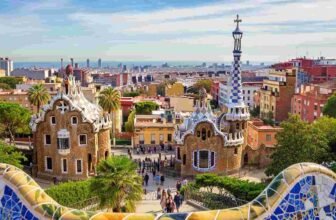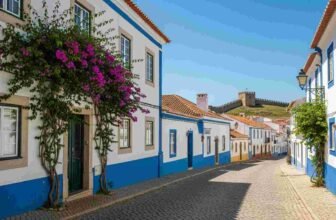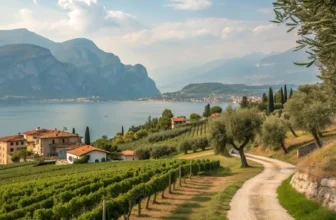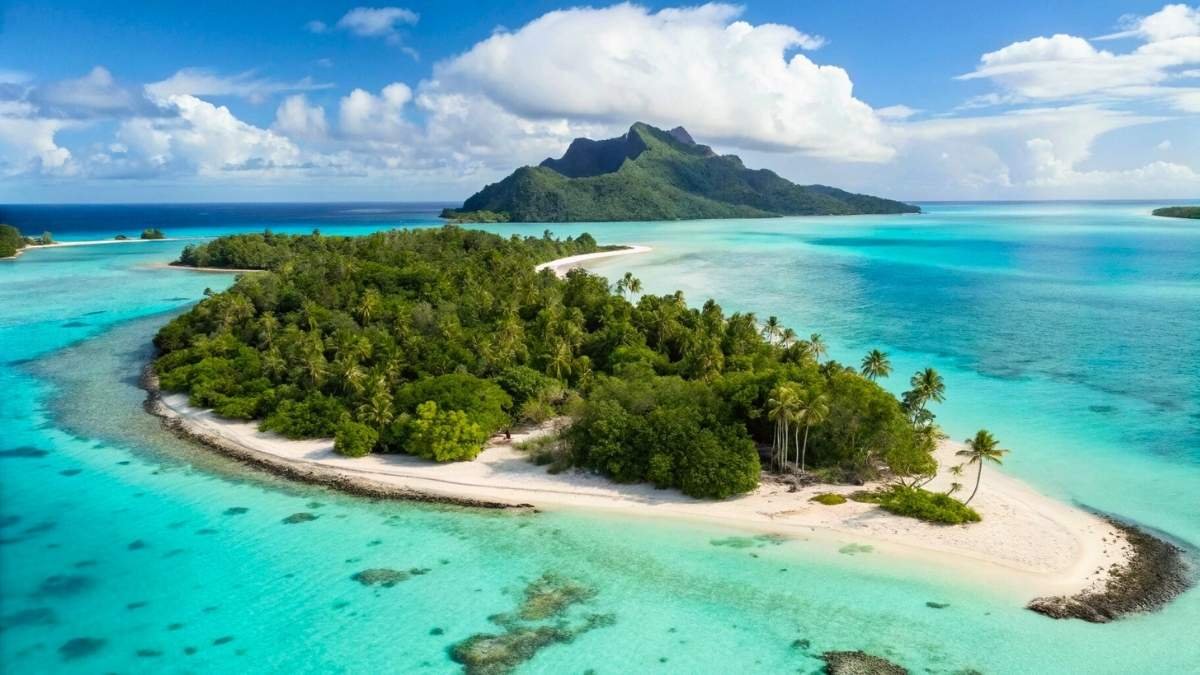
In a world that’s constantly buzzing with noise, there are still corners of the Earth where time moves slower, almost as if it’s holding its breath.
These rare, forgotten places are so remote, they’ve managed to keep their secrets, untouched by modern chaos. They’re havens where nature reigns supreme, and life feels like it could have been frozen in a different era.
If you’ve ever felt the pull of solitude, the desire to step away from everything familiar and dive into uncharted beauty, these hidden paradises might just be calling your name. Trust me, you’ll want to know where they are.
1. Bouvet Island, Norway
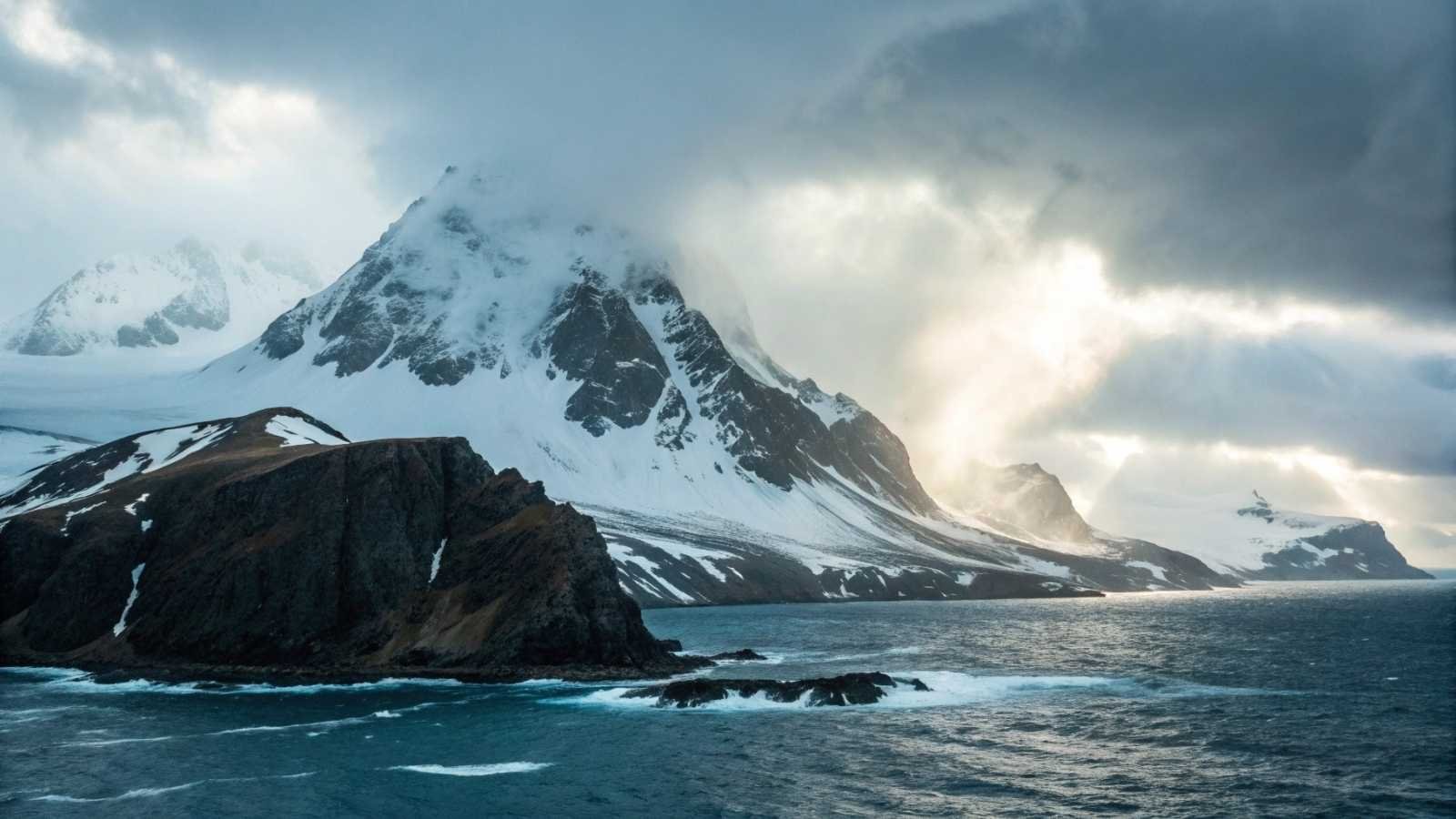
Bouvet Island is often called one of the most remote places on Earth. This small, uninhabited island, located in the South Atlantic Ocean, lies about 1,600 kilometers from the coast of Antarctica. Despite its isolation, Bouvet Island is a strikingly beautiful place, often covered by glaciers, offering a surreal landscape where time truly feels like it has stood still. The island is only accessible by boat or helicopter, and even then, its harsh weather conditions make it a formidable destination. But for adventurers who dare to go, Bouvet promises an experience like no other.
What makes Bouvet Island so unique is its scientific significance. It is a protected nature reserve, largely untouched by human activity. For wildlife enthusiasts, the island is home to seals, penguins, and a range of sea birds. The glaciers and the island’s volcanic landscape add a dramatic backdrop to the creatures that call Bouvet home, making it an intriguing blend of nature and isolation.
Visitors (though rare) are drawn to Bouvet Island’s unspoiled beauty and its untouched environment. But it’s not an easy journey, and the weather conditions can change dramatically, making travel a challenging yet rewarding experience. Few people can say they’ve set foot on Bouvet Island, and for those who love the idea of being in the most remote, off-the-beaten-path places, this island offers exactly that.
Relevant Information:
- Best Months to Visit: December to February (Southern Hemisphere summer)
- Main Activities: Photography, wildlife watching, and scientific research
- Things to Keep in Mind:
- Extremely difficult to access.
- Harsh weather; prepare for extreme cold.
- No human settlements—be self-sufficient.
2. Tristan da Cunha, United Kingdom

A cluster of volcanic islands in the South Atlantic Ocean, Tristan da Cunha is often referred to as the most remote inhabited archipelago in the world. This tiny, rugged group of islands has only about 250 inhabitants who live in a village called Edinburgh of the Seven Seas. Life here is simple, and the community’s way of living is shaped by its isolation. There’s no airport, and the only way to reach this far-flung destination is by ship, with a journey that can take up to a week from the nearest port in South Africa or Argentina.
What’s fascinating about Tristan da Cunha is how it has maintained its traditional, off-the-grid lifestyle. The people here rely on fishing, and their isolated existence has allowed them to preserve a way of life that is very much in tune with nature. The island is a sanctuary for marine wildlife, including seals, seabirds, and whales. If you’re a nature lover, this island offers a pure, unfiltered connection to wildlife that’s hard to find elsewhere.
Tristan da Cunha feels like a step back in time. The small community is bound by its shared isolation, and visiting feels like entering a world that hasn’t been influenced by modernity. It’s an eye-opening experience that reminds us of the strength of human connection, even in the most isolated corners of the world.
Relevant Information:
- Best Months to Visit: November to March (Southern Hemisphere summer)
- Main Activities: Hiking, wildlife watching, and exploring the village
- Things to Keep in Mind:
- Access is only by ship—a long, adventurous journey.
- Limited amenities; plan for self-sufficiency.
- Cold temperatures year-round.
3. Pitcairn Islands, United Kingdom
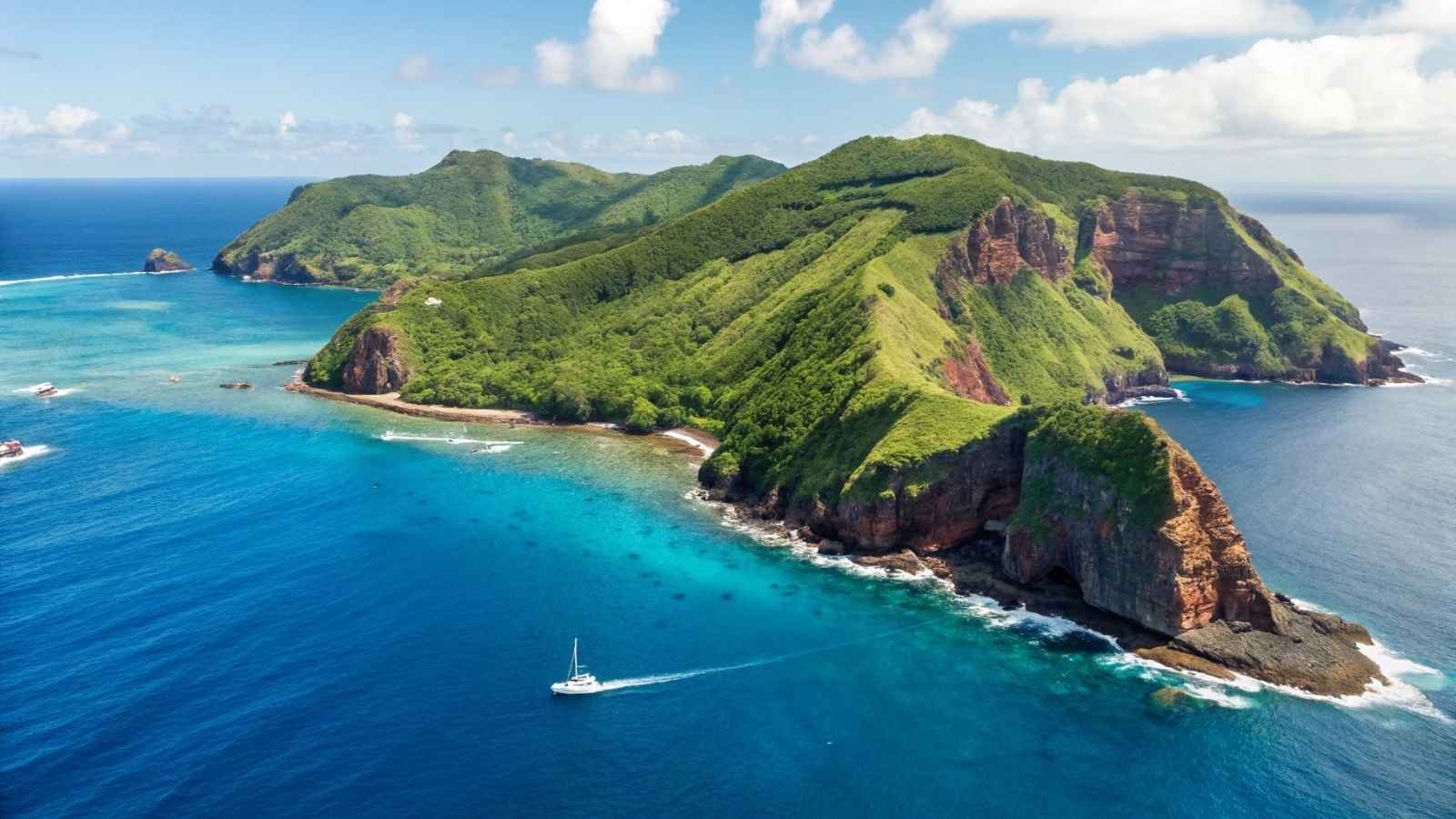
Located in the South Pacific Ocean, the Pitcairn Islands are a small group of islands that have captured the imagination of adventurers for years. Pitcairn Island itself is the most famous, and it’s known for its unique history. The island was famously settled by the descendants of the Bounty mutineers in the 18th century. Today, the population is less than 100 people, most of whom can trace their lineage back to the mutineers. Visiting Pitcairn is like stepping into a living piece of history, where the influence of those early settlers is still felt.
What stands out about the Pitcairn Islands is their untouched beauty. The islands are full of lush greenery, dramatic cliffs, and crystal-clear waters. They’re also rich in history, with old ruins, caves, and artifacts that tell the story of the island’s past. Visitors who make the journey can enjoy a relaxed pace of life, with only a handful of ships visiting the islands each year. The slow pace and lack of commercialization make Pitcairn feel like a true escape from the modern world.
While the journey to Pitcairn is long and not for the faint of heart, the island’s rich history and remote beauty make it a once-in-a-lifetime destination for those brave enough to visit.
Relevant Information:
- Best Months to Visit: April to October
- Main Activities: Hiking, historical tours, and scuba diving
- Things to Keep in Mind:
- Limited access; only accessible by boat.
- Tiny population; expect a close-knit community atmosphere.
- No major infrastructure; be prepared for basic conditions.
4. Socotra Island, Yemen
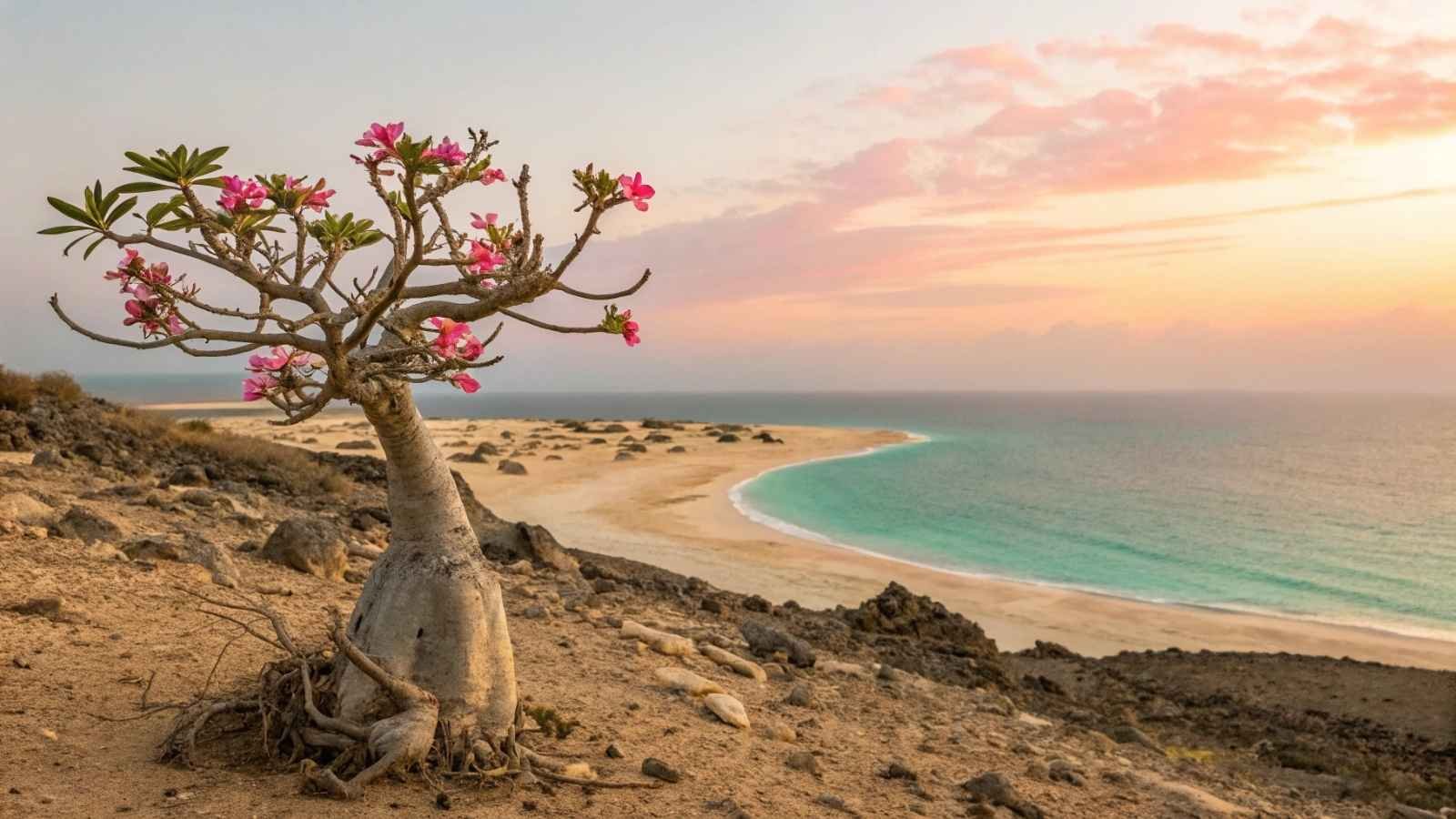
Socotra Island, often called the “most alien-looking place on Earth,” is part of Yemen, located in the Arabian Sea. The island’s bizarre landscape is what makes it so remarkable, with its unique flora and distinctive, dragon’s blood trees that give it an otherworldly feel. These trees, with their umbrella-like canopies, are just one of the many reasons why Socotra feels so isolated from the rest of the world. The island’s wildlife, too, is just as unique, with many species that can only be found here.
Socotra’s rugged mountains, white sandy beaches, and crystal-clear waters offer a blend of beauty and mystery. The island is often referred to as a “living museum”, a place where nature has evolved independently from the mainland for millions of years. Exploring Socotra feels like stepping into a different time, with ancient landscapes and untouched ecosystems waiting to be discovered.
Despite its natural beauty, Socotra faces challenges, with political instability in Yemen making travel difficult. But for those who do manage to visit, the experience of exploring such an untouched place is truly priceless.
Relevant Information:
- Best Months to Visit: October to April
- Main Activities: Hiking, nature walks, and exploring beaches
- Things to Keep in Mind:
- Political instability in Yemen can make access difficult.
- Remote location; prepare for limited infrastructure.
- Rich biodiversity—perfect for nature lovers.
5. North Sentinel Island, India

North Sentinel Island is perhaps the most off-limits island in the world. It’s home to the Sentinalese people, one of the last remaining uncontacted tribes. The island is part of the Andaman and Nicobar Islands in the Bay of Bengal, and it is strictly protected by the Indian government. No outsiders are allowed to set foot on the island, as the Sentinalese people have historically resisted any contact with the outside world. This isolation has led to a deep sense of mystery surrounding the island, as it remains largely untouched by modern civilization.
For those interested in the unexplored and untouched, North Sentinel Island is the ultimate example of how some places on Earth remain completely disconnected from modern chaos. The island is covered with dense forests and surrounded by coral reefs, making it a natural paradise. The Sentinels live off fishing, hunting, and gathering, and their way of life has remained unchanged for centuries.
While you can’t visit North Sentinel Island, the very existence of such a place invites curiosity and wonder. It’s a reminder of how remote places can exist on our planet, untouched by the influence of the modern world.
Relevant Information:
- Best Months to Visit: Off-limits (no visits allowed)
- Main Activities: Observing from a distance (from a boat)
- Things to Keep in Mind:
- Strictly prohibited to visit the island.
- Uncontacted tribe—respect their isolation.
- The island remains largely unchanged by modern civilization.
6. St. Helena Island, United Kingdom
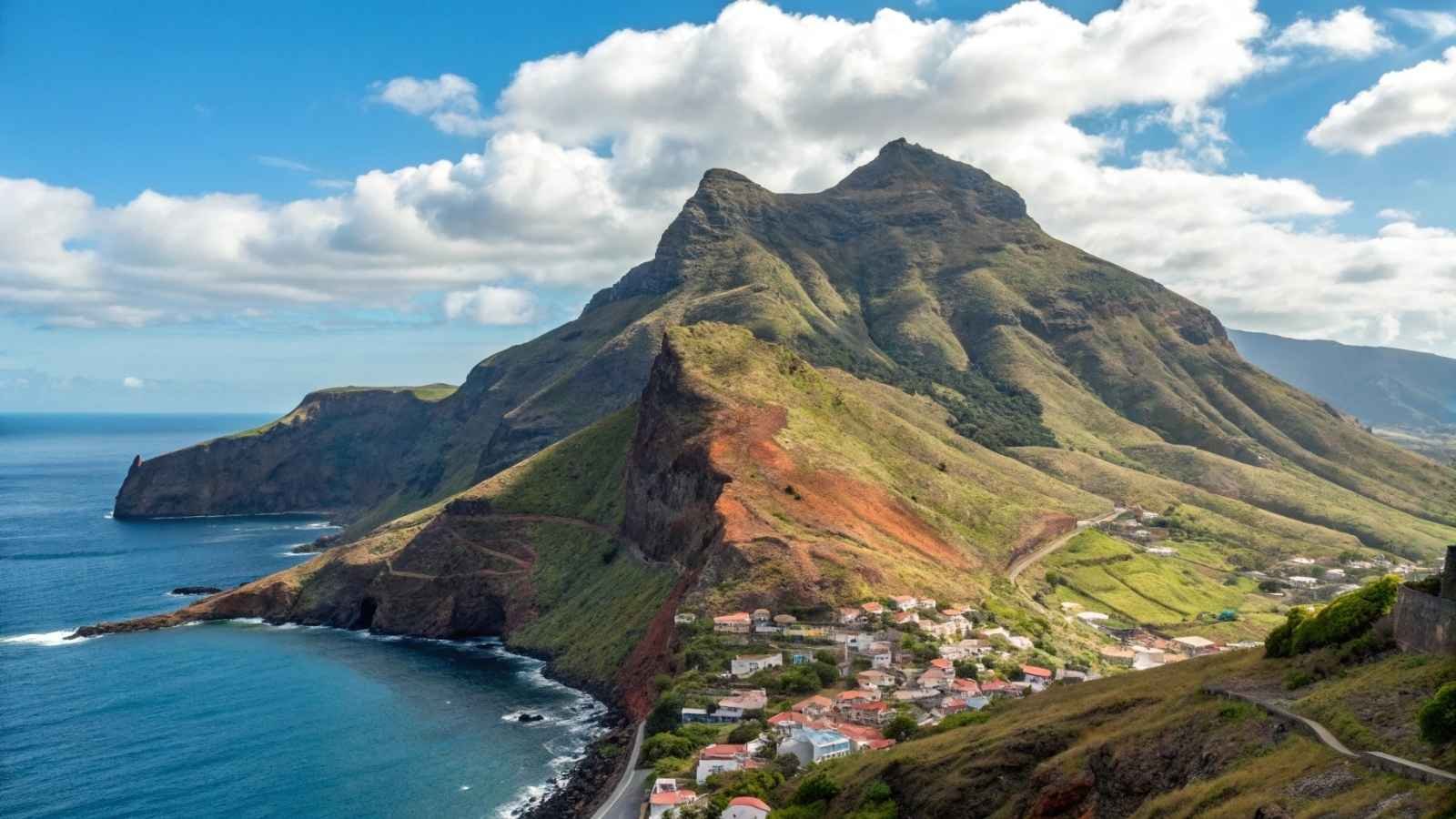
St. Helena Island is a remote gem in the South Atlantic Ocean, well known for its connection to Napoleon Bonaparte, who was exiled here until he died in 1821. This volcanic island is approximately 1,900 kilometers from the nearest mainland and is one of the most isolated inhabited places in the world. The island’s rugged terrain, with its cliffs and dense forests, makes it a stunning and wild place, seemingly untouched by the modern world.
What draws visitors to St. Helena is its rich history and the opportunity to walk in the footsteps of Napoleon. The island is dotted with historical landmarks, including Napoleon’s residence, the Longwood House, and his tomb at Sainte-Marie Cemetery. Apart from its historical allure, the island also offers breathtaking landscapes, including lush valleys, waterfalls, and remote beaches. The pace of life here is slow, and with a population of only around 4,500 people, it’s a peaceful retreat from modern chaos.
While the island is becoming more accessible due to a newly built airport, it remains one of the least developed destinations, making it perfect for those seeking a quiet, reflective getaway. There’s no rush here—just the tranquil rhythms of island life.
Relevant Information:
- Best Months to Visit: November to March
- Main Activities: Historical tours, hiking, nature walks
- Things to Keep in Mind:
- Limited flights to the island; expect a long travel time.
- Historical sites are a major draw—don’t miss Napoleon’s tomb.
- Basic infrastructure; keep essentials handy.
7. Isle of Eigg, Scotland
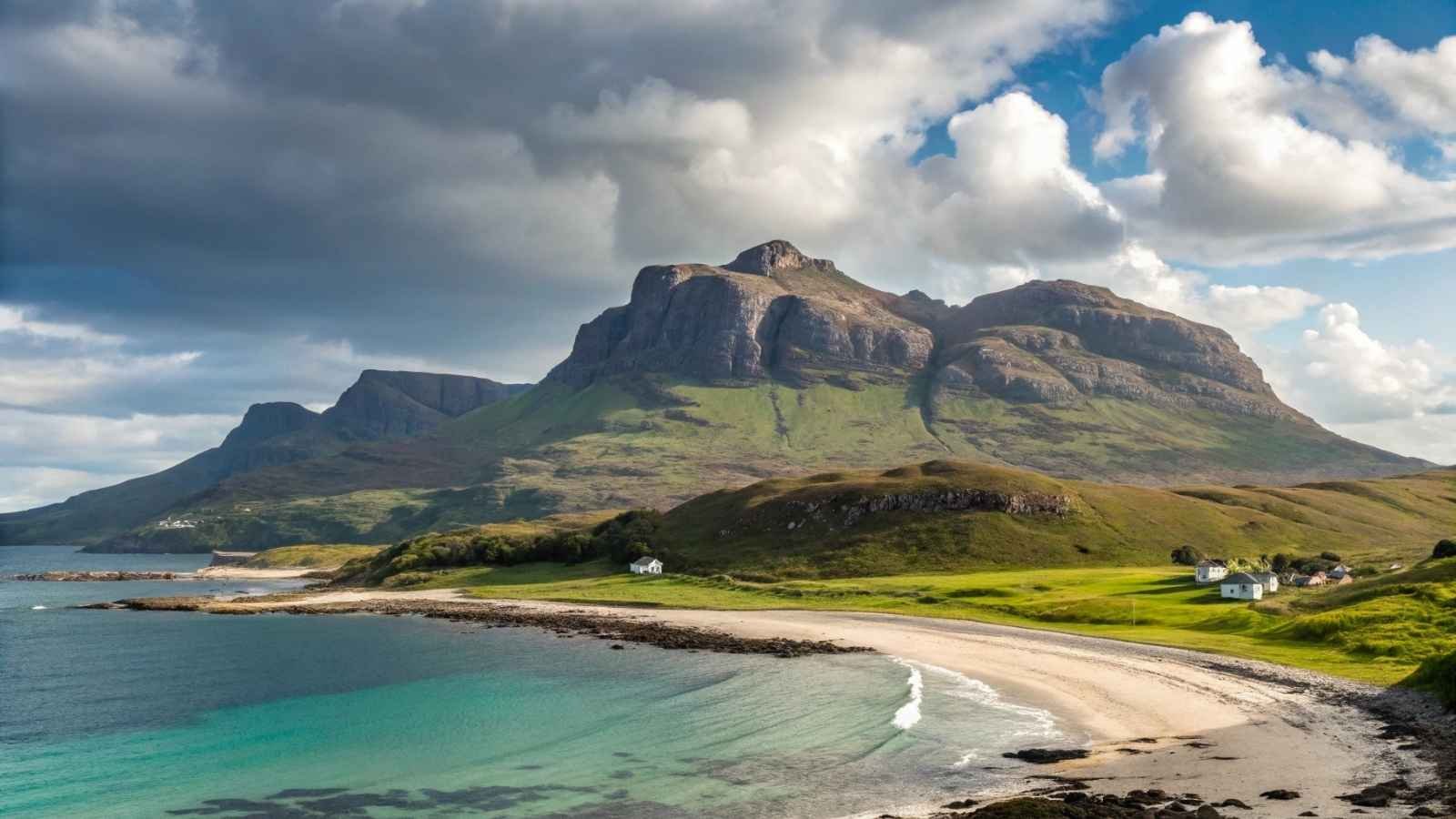
Isle of Eigg is part of the Inner Hebrides in Scotland and is known for its dramatic landscapes and a community that prides itself on self-sufficiency. The island’s population is small, and many of the 100 or so residents work together to maintain the island’s eco-friendly infrastructure, making Eigg a shining example of sustainable living. With its rugged hills, pristine beaches, and dramatic cliffs, the island feels almost frozen in time.
Visitors to the Isle of Eigg are often drawn by its natural beauty and the sense of community that pervades the island. The island is also a haven for wildlife enthusiasts, offering sightings of seals, otters, and a variety of seabirds. Its Glen Dubh offers a beautiful freshwater loch, and An Sgurr, a stunning rocky hill, provides one of the best viewpoints in Scotland, making it a paradise for hikers and photographers.
Life on Eigg is calm and introspective. There’s no rush here, only the peaceful rhythms of nature and community. Eigg is the kind of place where people come to escape modern pressures and rediscover the beauty of simple living.
Relevant Information:
- Best Months to Visit: May to September
- Main Activities: Hiking, wildlife watching, photography
- Things to Keep in Mind:
- Limited amenities—plan for basic living conditions.
- Self-sustaining island with eco-friendly initiatives.
- Wet, windy weather is typical; pack accordingly.
8. Tubuai Islands, French Polynesia

The Tubuai Islands are part of the Austral Islands in French Polynesia and are as far from the typical tourist trail as you can get. This group of islands offers breathtaking tropical beauty, from white-sand beaches to lush rainforests and clear blue lagoons. The Tubuai Islands remain largely undisturbed by modern tourism, and with only a few hundred residents, they retain a strong connection to traditional Polynesian culture.
The islands’ seclusion and natural beauty make them an exceptional place to disconnect. The residents here live mostly from agriculture, fishing, and other traditional practices. The islands offer opportunities for snorkeling, diving, and exploring hidden coves and coral reefs teeming with life. The Tubuai Islands are the perfect spot for anyone who wants to experience the allure of Polynesian culture without the crowds of more popular destinations like Bora Bora.
While they might be harder to reach, the islands’ beauty and peaceful atmosphere make the effort worthwhile for those looking for true isolation in the heart of the South Pacific.
Relevant Information:
- Best Months to Visit: April to November
- Main Activities: Snorkeling, diving, cultural exploration
- Things to Keep in Mind:
- Remote location; limited transportation options.
- Minimal development, making it ideal for adventure seekers.
- Warm, tropical climate; expect occasional rain showers.
9. Faroe Islands, Denmark
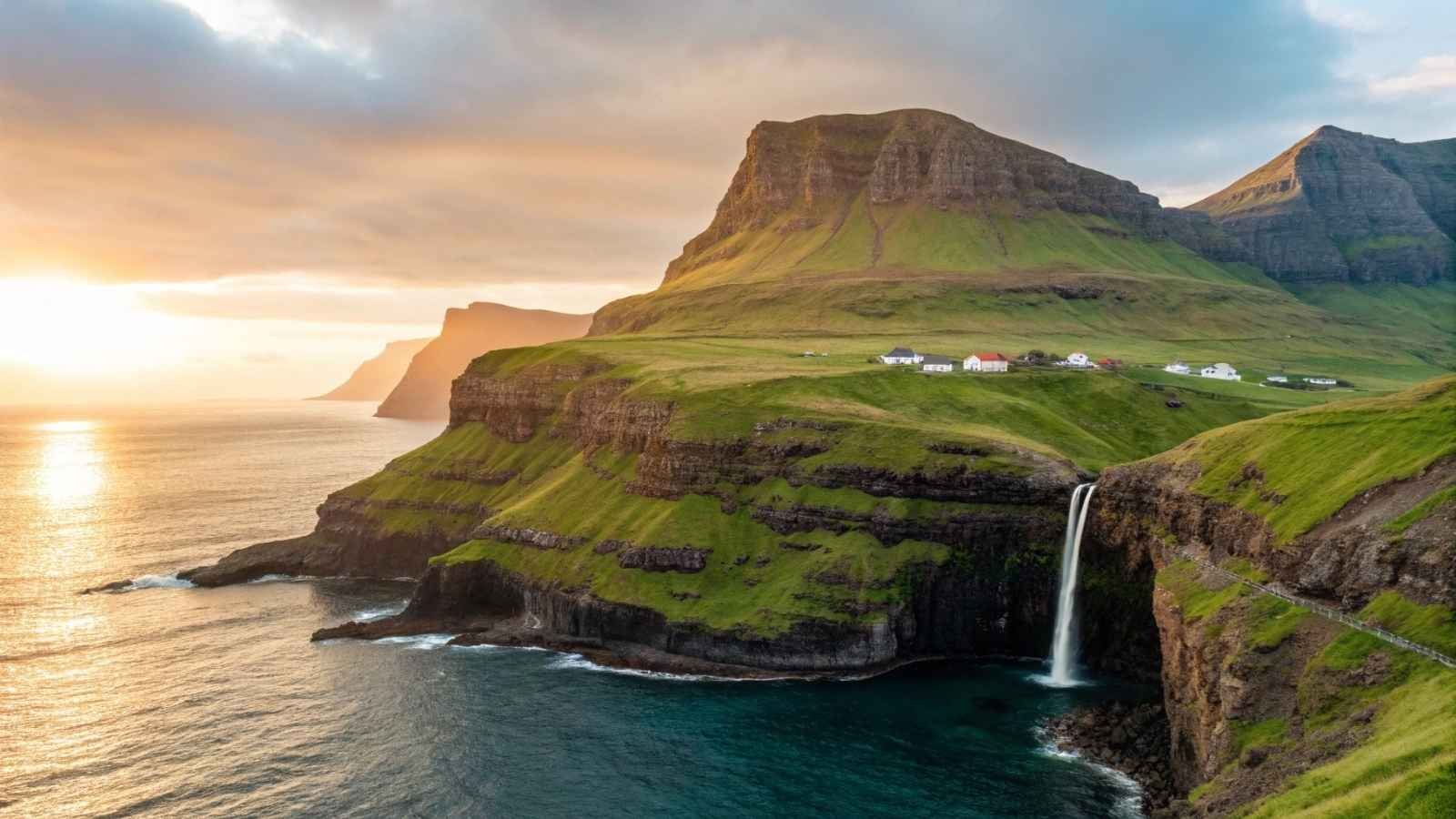
The Faroe Islands are an archipelago located halfway between Iceland and Norway. Known for their rugged cliffs, deep fjords, and small villages, these islands feel like a world of their own. Despite being more accessible than some other remote islands, the Faroe Islands still feel untouched by the modern world. With only about 50,000 residents, the islands have a strong sense of local culture and are home to a rich Viking heritage.
The weather in the Faroe Islands is famously unpredictable, but it’s this very element of mystery that makes the islands so enchanting. The landscape is dramatic, with sheer cliffs plunging into the sea and mountain peaks rising out of the mist. The islands are also known for their birdlife, especially puffins, which nest along the cliffs. For those who enjoy hiking, the Faroe Islands offer an abundance of wild trails and hidden gems, making it an adventure-lovers paradise.
The Faroe Islands may not be completely untouched, but they’re definitely off the beaten path, providing a unique blend of culture, nature, and history for those willing to make the trek.
Relevant Information:
- Best Months to Visit: May to September
- Main Activities: Hiking, birdwatching, cultural tours
- Things to Keep in Mind:
- Unpredictable weather; be prepared for rain and wind.
- Limited tourist infrastructure, but lots of charm.
- Small villages—you’ll get to know the locals!
10. Kure Atoll, USA
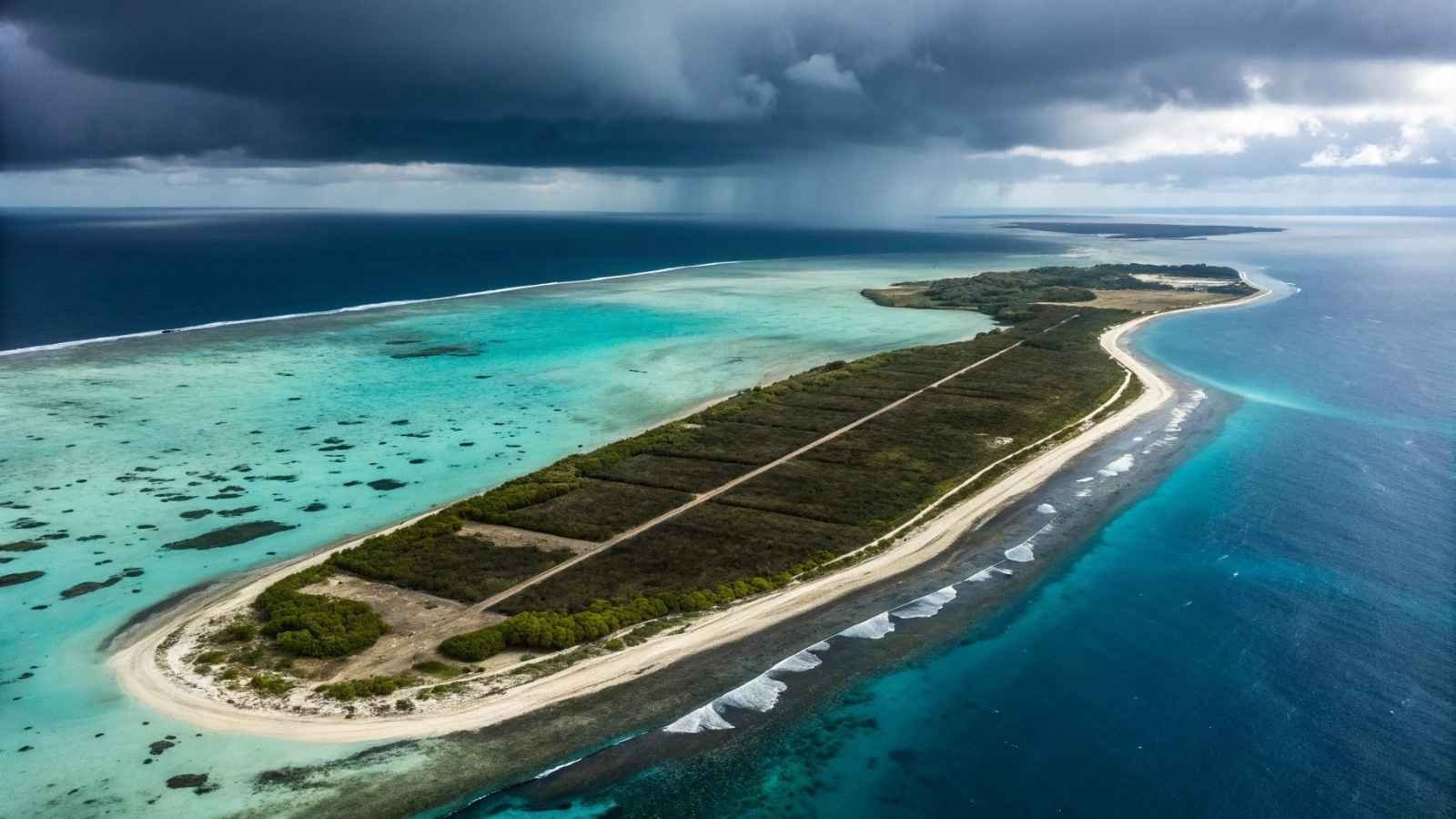
Kure Atoll, part of the Northwestern Hawaiian Islands, is a remote, uninhabited island surrounded by the Pacific Ocean. It’s the northernmost atoll in the Hawaiian archipelago and one of the most untouched places on Earth. As a designated wildlife refuge, Kure Atoll is home to a variety of endangered species like sea turtles, seals, and a rich variety of birdlife, including the rare Laysan albatross.
Kure Atoll is an ecological paradise for nature lovers, with its pristine beaches, clear lagoons, and the incredible sense of isolation that makes it feel like the edge of the world. Only accessible by boat or plane, the atoll is reserved mostly for scientific research, but it is an ideal spot for those with a deep love for nature and the environment.
The Atoll is a world away from the noise and distractions of modern society, and spending time there would give anyone a profound sense of being in a true wilderness.
Relevant Information:
- Best Months to Visit: Not generally open to tourists due to conservation efforts
- Main Activities: Wildlife viewing, conservation research
- Things to Keep in Mind:
- Access is restricted to protect wildlife.
- Only for researchers and conservationists.
- Unspoiled environment, perfect for nature lovers.
11. Easter Island, Chile

Easter Island, or Rapa Nui, is one of the world’s most fascinating and enigmatic destinations. Famous for its towering moai statues, this remote island lies over 3,500 kilometers off the coast of Chile, deep in the South Pacific Ocean. Despite being more well-known than other isolated islands, Easter Island retains a sense of mystery and solitude. The moai, crafted between 1400 and 1600 AD, still stand guard over the island, some of them nearly 10 meters tall, staring silently across the windswept plains.
There’s something truly magical about walking among these massive stone figures, whose origins and purpose are still debated by historians and archaeologists. The island is not just about the statues, though. Easter Island is home to stunning beaches, volcanic craters, and an incredibly unique ecosystem. The sense of isolation here is palpable, with its small population of about 7,000 people. The Ahu Tongariki, a platform with 15 moai, is one of the most iconic sites, and watching the sunset over these statues is an unforgettable experience.
Though Easter Island can be reached by flight, it still feels incredibly isolated. The island’s calm, its unique Polynesian culture, and its spiritual atmosphere make it feel like a place frozen in time, far removed from the hustle of modern life. It’s a place where history and nature blend seamlessly, offering an adventure that feels like stepping back to an ancient, untouched world.
Relevant Information:
- Best Months to Visit: October to March (Southern Hemisphere summer)
- Main Activities: Moai exploration, hiking, cultural tours
- Things to Keep in Mind:
- Flights are limited and can be expensive.
- Small local population—most of the island is reserved for historical and natural preservation.
- Bring sunscreen and prepare for strong winds.
12. San Felix Island, Chile
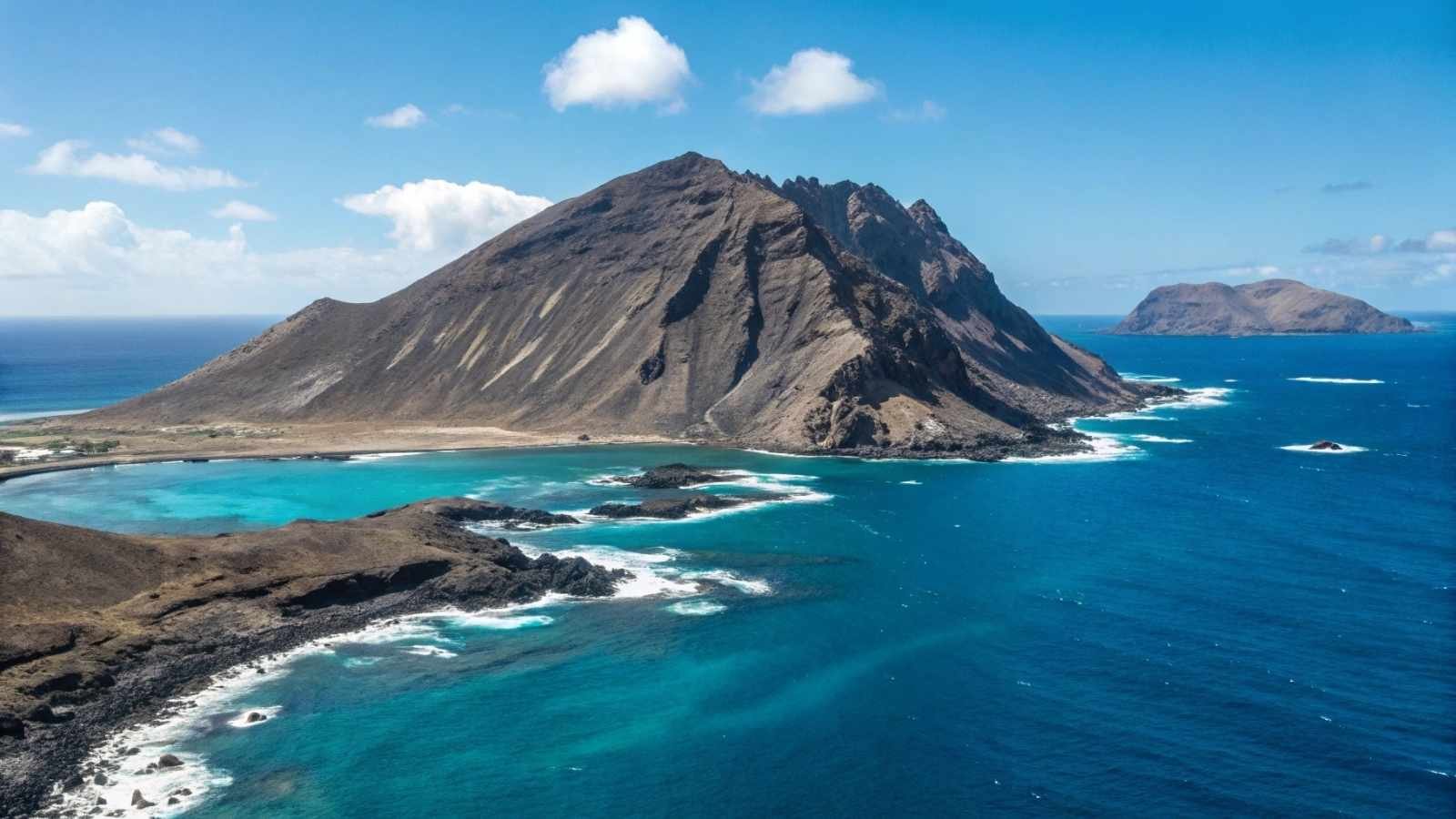
San Felix Island is another remote wonder in the South Pacific, and it’s as mysterious as it is beautiful. This volcanic island is part of the Juan Fernández Islands, a group of islands off the coast of Chile. San Felix is one of the most isolated islands in the world, with no permanent residents, and its only visitors are scientific expeditions and the occasional adventurous traveler. The island is uninhabited, save for the lush vegetation, unique bird species, and the occasional fisherman who might stop by.
What makes San Felix so special is its seclusion and its untouched, natural beauty. Towering cliffs rise from the ocean, and the island is surrounded by rich, biodiverse waters, perfect for diving and exploring underwater ecosystems. The flora and fauna on the island are equally diverse, with rare species of plants and animals that make it a haven for scientists and naturalists. Its isolation also means there’s no modern infrastructure, which further adds to the feeling that you’ve stepped into a different time and place.
A trip to San Felix is not just about beautiful landscapes; it’s about the experience of being in a place that’s almost entirely untouched by human hands. It’s a rare privilege to visit such a pristine environment, making it a true paradise for nature lovers and adventure seekers.
Relevant Information:
- Best Months to Visit: November to March
- Main Activities: Diving, hiking, birdwatching
- Things to Keep in Mind:
- No permanent infrastructure—be prepared to camp or stay on a research vessel.
- Accessibility is limited to scientific expeditions and occasional trips.
- Strict environmental protections to preserve its unique ecosystem.
13. Auckland Islands, New Zealand
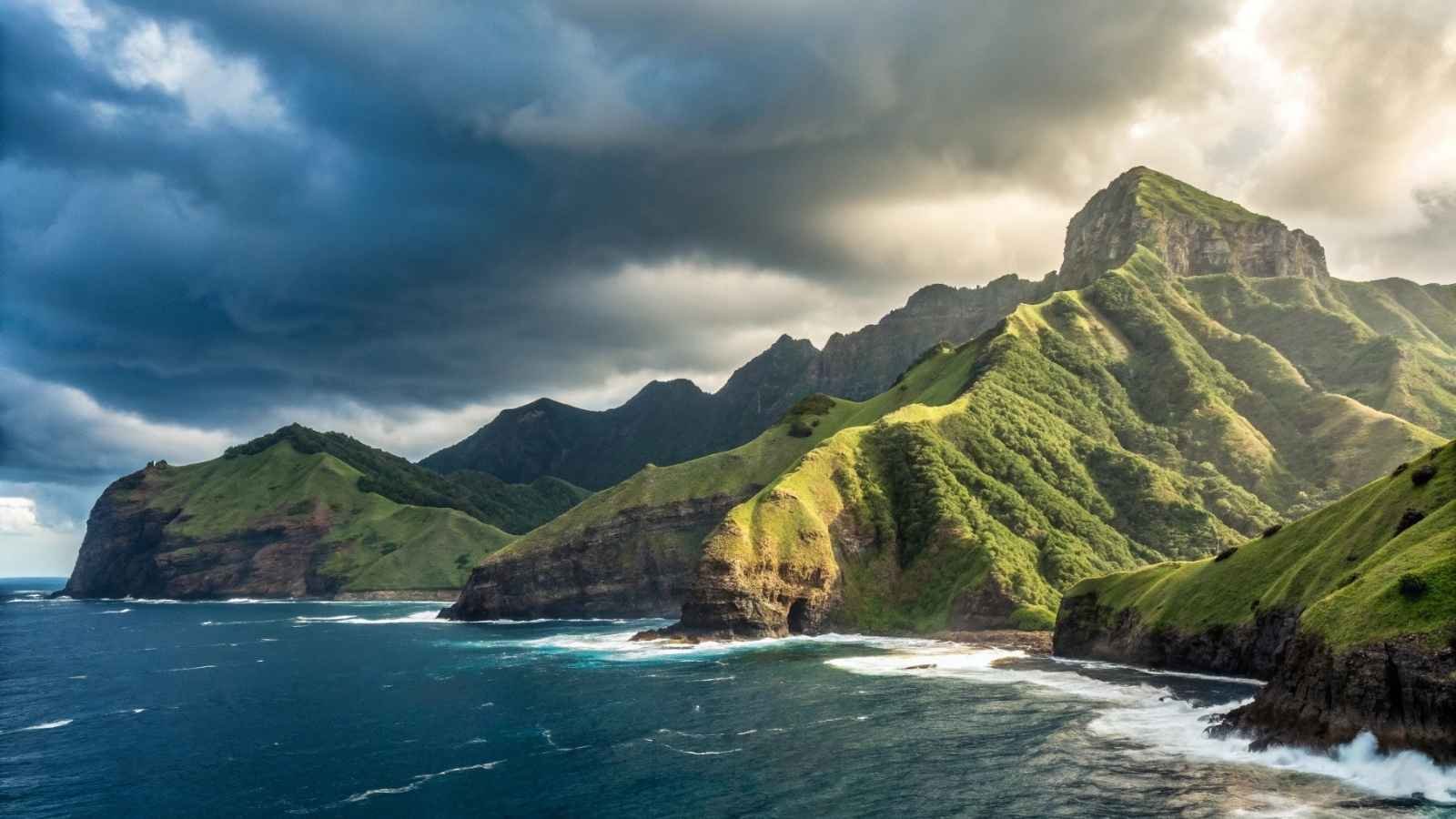
The Auckland Islands, located off the southern coast of New Zealand, are a rugged and remote wilderness. Often referred to as one of the last frontiers of the Southern Ocean, this archipelago is a nature reserve, home to an incredible variety of wildlife. The islands are uninhabited by humans, though they have been visited by explorers and researchers. Seals, sea lions, and numerous seabird species populate the islands, making it a haven for wildlife enthusiasts and photographers.
The Auckland Islands are known for their dramatic coastal cliffs, dense rainforests, and frigid waters. The rugged terrain makes the islands difficult to explore, but that’s part of the charm for those who enjoy the raw, untamed beauty of nature. For adventurers willing to take on the challenge, the islands offer some of the most pristine and untouched landscapes in the Southern Hemisphere. The nearby Campbell Island is another point of interest, as it’s home to the world’s rarest penguin species, the yellow-eyed penguin.
Though it’s incredibly difficult to get to the Auckland Islands (requiring a special permit), the isolation and untouched beauty make it a truly exceptional destination for those seeking adventure in a natural paradise that’s entirely free from the distractions of modern life.
Relevant Information:
- Best Months to Visit: November to March (Southern Hemisphere summer)
- Main Activities: Wildlife watching, hiking, photography
- Things to Keep in Mind:
- Limited access; you’ll need a special permit to visit.
- Unpredictable weather—prepare for extreme conditions.
- The islands are remote; expect no modern amenities.


